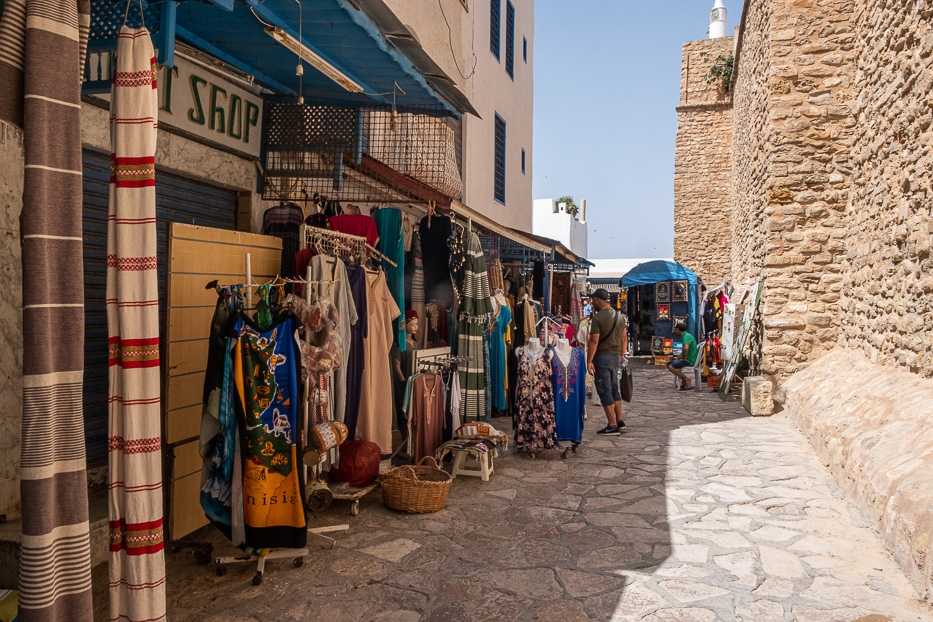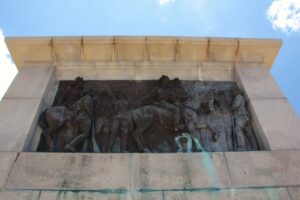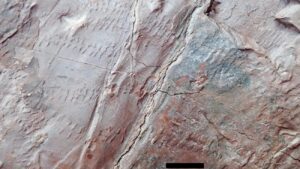Best Monuments to Explore in the Medina of Tunis
The Medina of Tunis, a UNESCO World Heritage site, is a vibrant tapestry of history, culture, and architecture. Nestled in the heart of Tunisia’s capital, this ancient city offers a unique glimpse into the past with its winding alleys, bustling souks, and stunning monuments. Whether you’re a history buff, an architecture enthusiast, or simply a curious traveler, the Medina of Tunis promises an unforgettable journey through time.
What to See
The Medina is home to a plethora of monuments that reflect its rich history. Start your exploration at the Zitouna Mosque, the largest and oldest mosque in Tunis. Its stunning architecture, with intricate tile work and towering minarets, is a testament to Islamic art and culture. Although non-Muslims cannot enter the prayer hall, the courtyard and surrounding areas offer plenty to admire.
Next, visit the Dar Hussein, a beautiful palace that now houses the National Institute of Archaeology and Art. The palace’s architecture is a blend of Ottoman and Andalusian styles, with its ornate ceilings and lush gardens providing a serene escape from the bustling streets.
Don’t miss the Tourbet el Bey, the royal mausoleum where members of the Husainid dynasty are buried. The mausoleum’s intricate tile work and grand domes are a sight to behold, offering a glimpse into the opulence of Tunisia’s past rulers.
A Bit of History
The Medina of Tunis dates back to the 7th century when it was founded by the Arabs. Over the centuries, it grew into a thriving center of trade and culture, attracting scholars, artisans, and merchants from across the Mediterranean. The city’s strategic location made it a melting pot of influences, from the Berbers and Arabs to the Ottomans and French.
During the 12th century, under the rule of the Almohads and later the Hafsids, Tunis became a major political and economic hub. The Medina flourished, with the construction of numerous mosques, palaces, and madrasas. Today, it stands as a testament to the city’s rich and diverse history, with its architecture reflecting the various cultures that have shaped it over the centuries.
Interesting Facts and Tips for First-Time Visitors
- The Medina covers an area of about 270 hectares and is home to over 700 monuments, including palaces, mosques, and fountains.
- The Zitouna Mosque, founded in 732 AD, is one of the oldest in the Muslim world and played a crucial role in the intellectual and cultural life of the city.
- The Medina’s layout is a classic example of Islamic urban planning, with narrow, winding streets designed to provide shade and protection from the elements.
- For a unique shopping experience, explore the souks, where you can find everything from traditional crafts and spices to modern fashion and electronics.
- Be prepared to haggle in the souks; it’s part of the shopping experience and can be a fun way to interact with locals.
- Wear comfortable shoes, as the cobblestone streets can be uneven and require a fair amount of walking.
How to Get There
The Medina of Tunis is easily accessible from various parts of the city. If you’re staying in the city center, it’s just a short walk or taxi ride away. Taxis are affordable and plentiful, but make sure to agree on a fare before starting your journey. Alternatively, you can take the TGM train to the Tunis Marine station and walk to the Medina from there.
For those arriving from Tunis-Carthage International Airport, the Medina is about a 20-minute drive. You can take a taxi or use public transportation, such as buses or the light rail system, to reach the city center.
Once inside the Medina, it’s best to explore on foot. The narrow streets and alleys are not accessible by car, and walking allows you to fully immerse yourself in the sights, sounds, and smells of this historic area.








